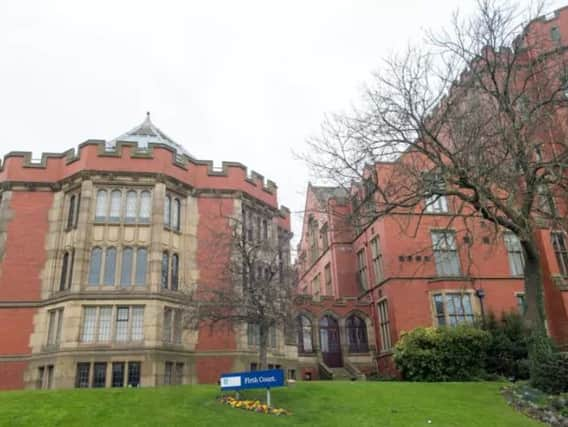How the election played out across Yorkshire - according to university analyst


Dr Patrick English, a BBC elections expert and University of Sheffield post-doctoral researcher, analyses the local elections picture
The region also saw the election of its first Mayor, with Dan Jarvis winning the contest on second preferences.
Advertisement
Hide AdAdvertisement
Hide AdIn all, initial projections suggest that there has been around a 2.5% swing to the Conservatives from Labour in our region. The Conservatives had the best of it in terms of taking council seats, winning an additional 18. The Liberal Democrats made one net gain, and the Greens gained as many as they lost (two). Labour will be disappointed to find themselves down by nine and UKIP (rather expectedly) saw their regional seat total reduced by 11.
Despite some very interesting developments within councils, only one Yorkshire and the Humber authority changed hands; Kirklees went Labour from no overall control after the party took two seats from the Liberal Democrats. Labour’s vote share there rose by around 5% on 2014.
Elsewhere, Labour maintained full control of Wakefield, Bradford, Hull, and Leeds councils, while the Conservatives comfortably held Harrogate (increasing their majority by 10) and Craven. Calderdale and North East Lincolnshire both remained in no overall control.
North East Lincolnshire was a Labour target before the election, and they will have been disappointed not to take control of the council. Indeed, it was the Conservatives who made the most significant advances there, rising by 25% across all seats contested and taking seven of them. This was one of a number of Conservative advances from second positions in our region which also included successes in Leeds (up three seats) and Wakefield (up four).
Advertisement
Hide AdAdvertisement
Hide AdNorth East Lincolnshire was once upon a time a stronghold for UKIP, but on Thursday provided apt demonstration of their collapse across the country. While UKIP achieved 35.5% of the vote there in 2014, coming a clear 1st, this time around their vote share fell by around 30 points and there are now just three UKIP councillors on the authority.
In one of the most interesting stories across our region, the Greens and Liberal Democrats were looking to capitalise on the huge amounts of local anger and frustration over the controversial tree felling programme in Labour controlled Sheffield.
The Greens will be pleased to have taken two seats from Labour and to have emphatically increased the majority of Councillor Alison Teal in Nether Edge and Sharrow – who was of course arrested and taken to court by her own council for protesting against felling in her ward – by nearly 1,500 votes.
The Liberal Democrats also profited in Sheffield, taking three seats from their Labour rivals.
Advertisement
Hide AdAdvertisement
Hide AdAcross the Steel City, the Greens were up by around 4% and the Liberal Democrats by around 3.5%. Interestingly, in every single ward making up Jared O’Mara’s Sheffield Hallam constituency, the Liberal Democrats won. The Liberal Democrats also had a very good night in Hull where they took nine seats away from Labour to substantially reduce their majority.